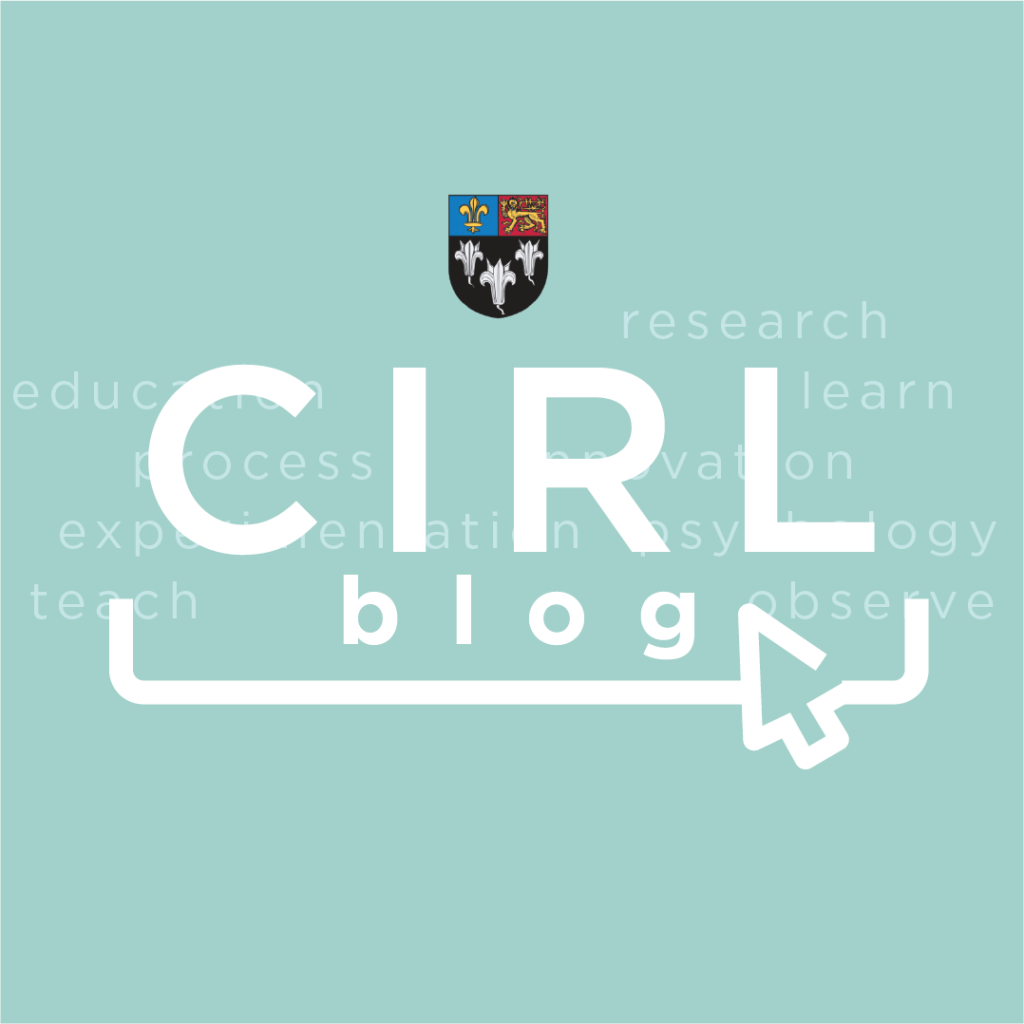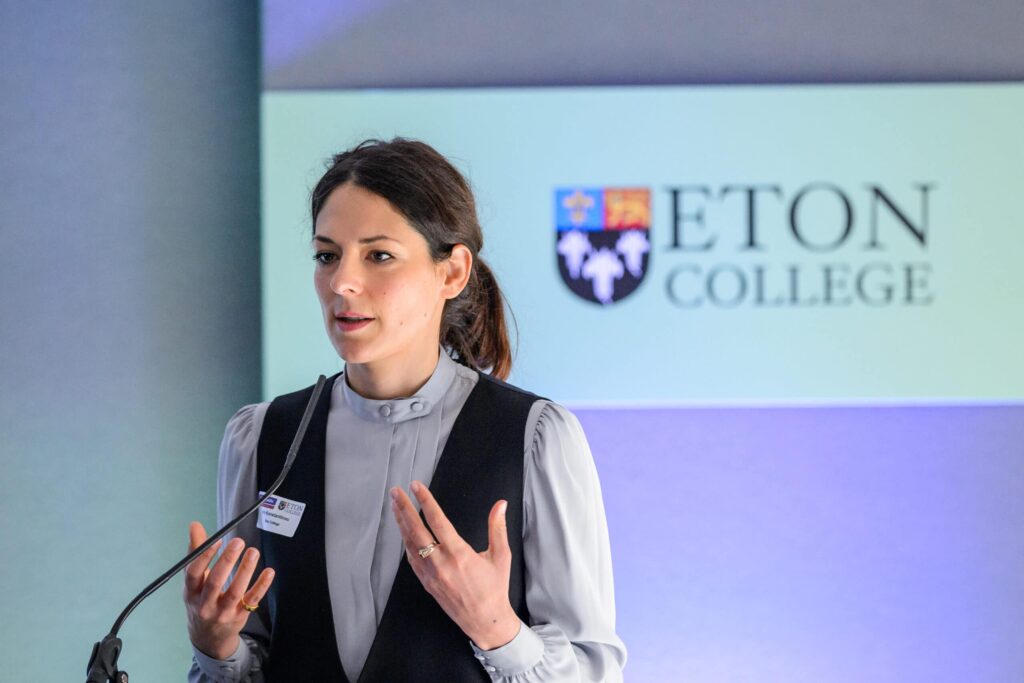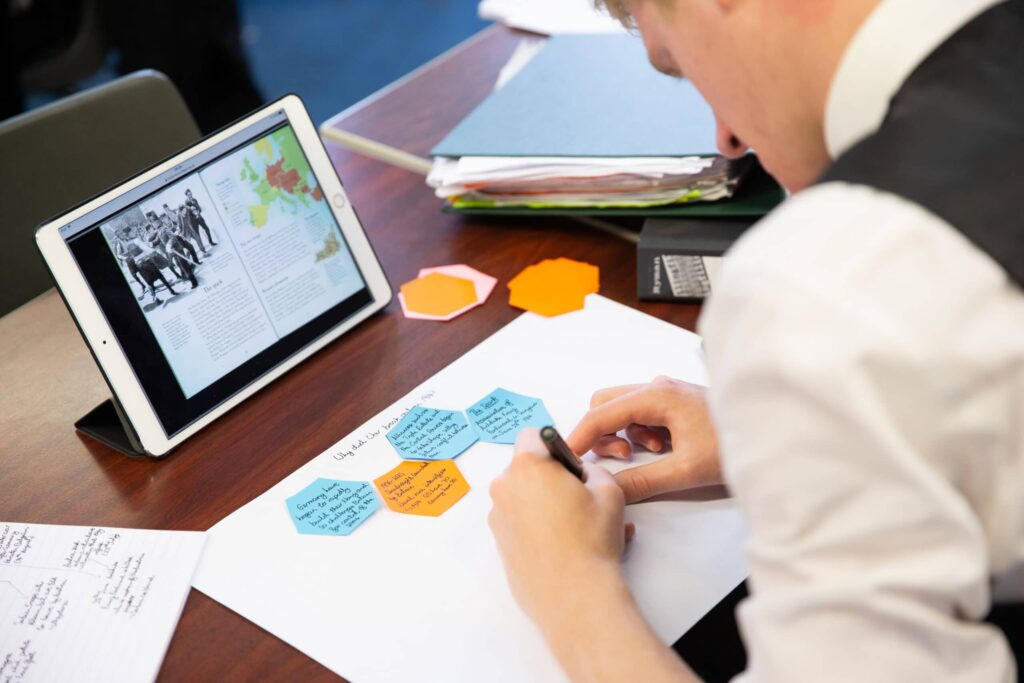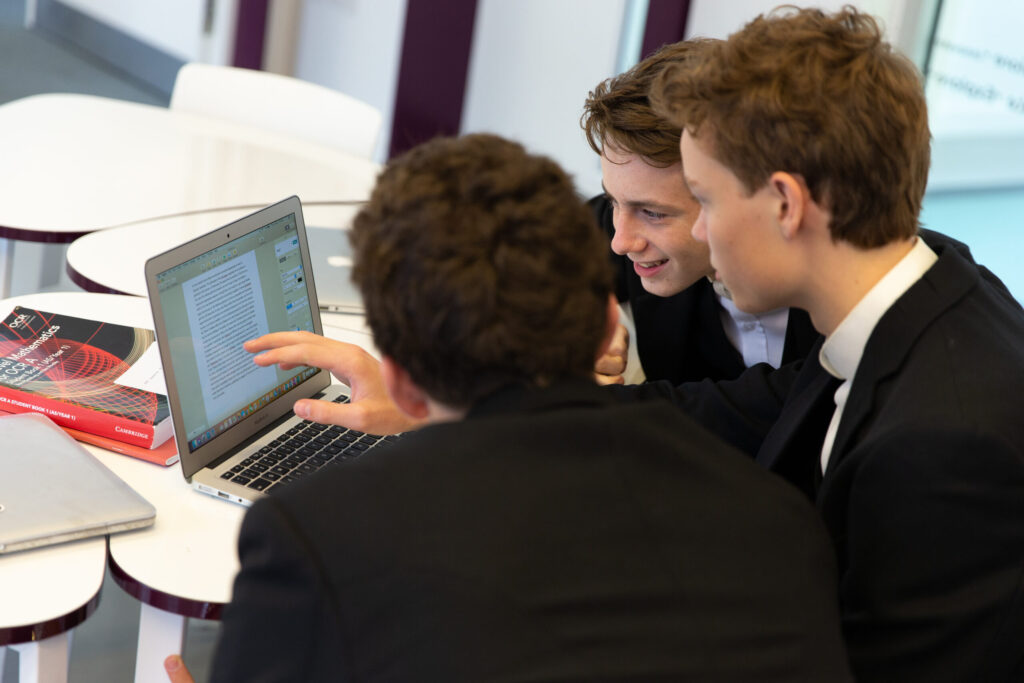This week’s blogpost is a guest post by Sarah Buckingham and Joseph Buckingham.
Sarah Buckingham is an artist, clinical hypnotherapist and independent research consultant. She trained as an early-years educator at Froebel College and holds a PhD in social psychology from London South Bank University. She is particularly interested in non-conscious behavioural change, social identity and addiction.
Joseph Buckingham is a senior research executive at the communications research agency Edelman Intelligence. He previously worked at the UCL Clinical Psychopharmacology Unit and holds a PhD in social psychology from Queen Mary, University of London. His research interests include social identity, motivation, psychophysiology, stress and addiction.
Sarah and Joe co-authored an article earlier this year on the positive effects that practising gratitude can have on subjective well-being and prosociality among adolescents, drawing upon research case studies in schools. This is published in the ‘BrainCanDo’ Handbook of Teaching and Learning: Practical Strategies to Bring Psychology and Neuroscience into the Classroom (Routledge , 2020), to which CIRL staff also contributed chapters.
During these unprecedented times, the rainbow that had previously been the symbol of gratitude towards those in the UK’s National Health Service has perhaps become a little faded. Expressions of gratitude were previously displayed by clapping in our communities and standing together outside during the first lockdown. This made the instilled isolation feel more like a shared experience and may have helped some to feel less alone. As this pandemic continues, what else can be done to aid personal and collective well-being? Does the expression of gratitude in other areas of our lives offer something tangible and beneficial?
Gratitude is the mother of all virtues. It is the social glue that binds our communities and relationships.[1] The broad translation of the Latin derivative gracia is ‘the beauty of giving and receiving’.[2] Evidence-based studies have consistently demonstrated increased levels both of subjective well-being and prosociality in relationship to gratitude.[3] If you give something to me and I thank you for this gift, I am more likely to proffer a gift to someone, who may in turn reciprocate this action. We all gain.
What is gratitude?
Gratitude has been described in the following ways:
- a moral virtue;
- a positively valenced emotion – e.g., the ability to appreciate beauty in nature;
- a virtuous personality disposition – e.g., ‘Hilary is an appreciative person’;
- a cognitive affective state, where an individual’s actions extend to encompass others in a positive manner – e.g., A gives to B who gives to C.
Gratitude is also,
- motivational, with evidence suggesting that it helps to develop reciprocity and prosocial behaviour among individuals;
- a stress-buster – e.g., it reduces the physiological response to stress via the autonomic sympathetic nervous system;
- a buffer against negative emotion – e.g., it enhances sleep and can reduce depression;
- universal, but mediated by cultural differences;
- shown by evidence to enhance subjective and collective well-being.
Gratitude is also not innate. According to Franziska Baumgarten-Tramer (1938) and Jean Piaget (1932 [1997]), gratitude is a primary factor in a child’s moral development. Baumgarten-Tramer invited a group of around a thousand children aged 7-15 to write down their greatest wish and how they would respond to their benefactor. Three levels of gratitude complexity emerged from this study: verbal, concrete and connective.
We are typically taught to say ‘thank you’ in response to actions such as receiving gifts when we are small children and as we grow older, our responses become more sophisticated. Acknowledgment of ‘the other’ occurs after reaching approximately 11 years of age, when children are able to consider the return of the favour towards the other. More recent, elaborated studies have found similar results.[4] We therefore have the potential to learn to give back to others. Gratitude interventions in schools are excellent vehicles to develop this potential.
Gratitude interventions
A variety of gratitude intervention studies have been conducted with schools which have been demonstrated to be both effective and longstanding. The following are examples of some of the strategies that have been shown to be effective:
- Making a gratitude list: e.g., keeping a gratitude diary for an allotted period of time.
- Focusing on gratitude: e.g., taking a moment to relish the benefits of one’s gifts.
- A gratitude visit: e.g., visiting an elderly relative to thank them for their guidance and taking them a gift as an expression of thanks.
- Shared gratitude narratives: e.g., sharing stories that contain demonstrations of gratitude and its development, through potentially adverse conditions.
Gratitude interventions in educational settings have been shown to develop prosocial behaviour and have increased our understanding of how gratitude can be developed. ‘Nice November’ was one such intervention designed by BrainCanDo, an educational neuroscience and psychology research centre, which initially took place at Queen Anne’s School in Caversham, UK. All pupils and staff were invited to write a daily gratitude list of six items. They were invited to anonymously thank others by writing on gratitude ‘leaves’ which could be placed in post boxes throughout the school. The ‘gratitude tree’ was displayed in a communal area and blossomed throughout the darkening winter days. Inspirational gratitude quotes were also posted daily throughout the school. Levels of social cohesion, social and personal well-being were highlighted throughout the month. Other schools have adopted a similar template for gratitude interventions.
Gratitude and neuroscience
Increased activation in both the medial prefrontal cortex and the occipital brain areas have been demonstrated through neuroscientific studies in several gratitude interventions. Similar patterns of brain activity are associated with displays of empathy and social bonding. Even after a brief gratitude intervention, longstanding changes in these brain areas have been observed. The brain has the potential to be shaped and developed by both our own actions and by the reciprocal actions of others around us.[5]
Into action
We are all sculptors with the potential to shape our own and others lives through ennobled actions. A functioning and cohesive society can be built upon such foundations. Have a go yourself. Every evening before sleep, cast your mind through your day and list six items for which you feel gratitude. It may start with, “I am grateful for the mug of tea by my bed ”, but may also include actions by others who have lightened your day.
So, try it out, perhaps for the next few weeks as we move into the new year. See what happens and note how things change. Don’t think too deeply about what your gratitude list consists of. Just write down six items for which you feel gratitude on a daily basis, off the top of your head. Broadening and building our repertoire of gratitude will reap gifts and rewards.
References
Baumgarten-Tramer, F., 1938. ‘“Gratefulness” in children and young people’. Journal of Genetic Psychology, 53, pp. 53-66.
Castro, F. M. P., Rava, P. G. S., & T. B. Hoefelmann, et al., 2011. ‘Deve-se retribuir? Gratidão e dívida simbólica na infância’ [‘Should one return a favour? Gratitude and symbolic debt in childhood’]. Estudos de Psicologia, 16, pp. 75-82.
Fox, G. R., Kaplan, J., Damasio, H., & A. Damasio, 2015. ‘Neural correlates of gratitude’. Frontiers in Psychology, 6(1491), doi:10.3389/fpsyg.2015.01491.
Freitas, L. B. L., Pieta, M. A. M., & J. R. H. Tudge, 2011. ‘Beyond politeness: The expression of gratitude in children and adolescents’. Psicologia: Reflexão E Crítica, 24, pp. 757-64.
Karns, C. M., Moore, W. E., III, & U. Mayr, 2017. ‘The cultivation of pure altruism via gratitude: A functional MRI study of change with gratitude practice’. Frontiers in Human Neuroscience, 11(599), doi:10.3389/fnhum.2017.00599.
Kini, P., Wong, J. & S. McInnis et al., 2016. ‘The effects of gratitude expression on neural activity’. NeuroImage, 128, pp. 1-10.
Kyeong, S., Kim, J., & D. J. Kim et al., 2017. ‘Effects of gratitude meditation on neural network functional connectivity and brain-heart coupling’. Scientific Reports, 7, pp. 432-57.
Lavelock, C. R., Griffin, B. J., & E. L. Worthington et al., 2016. ‘A qualitative review and integrative model of gratitude and physical health’. Journal of Psychology and Theology, 44, pp. 55-86.
Piaget, J., 1997 [1932]. The Moral Judgment of the Child. New York, NY: Free Press.
Pruyser, P. W., 1976. The Minister as Diagnostician: Personal Problems in Pastoral Perspective. Oxford: Westminster.
Tudge, J. R. H., Freitas, L. B. L., & I. L. Mokrova et al., 2015. ‘Children’s wishes and their expression of gratitude’. Paidéia, 25, pp. 281-88.
Wood, A. M., Froh, J. J., & A. W. A. Geraghty, 2010. ‘Gratitude and well-being: A review and theoretical integration’. Clinical Psychology Review, 30, pp. 890-905.
Yu, H., Cai, Q. & B. Shen et al., 2017. ‘Neural substrates and social consequences of interpersonal gratitude: Intention matters’. Emotion, 17, pp. 589-601.
[1] See Emmons, 2007.
[2] Pruyser 1976, p. 69.
[3] On studies of subjective well-being in relation to gratitude, see Lavelock et al., 2016; Wood et al., 2010; on studies of prosociality in relation to gratitude, see Ma et al., 2017.
[4] See Castro et al., 2011; Freitas et al., 2011; and Tudge et al., 2015.
[5] See Fox et al., 2015; Karns et al., 2017; Kini et al., 2016; Kyeong et al., 2017; and Yu et al., 2017.





